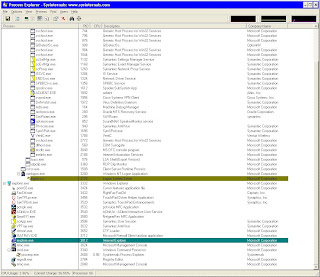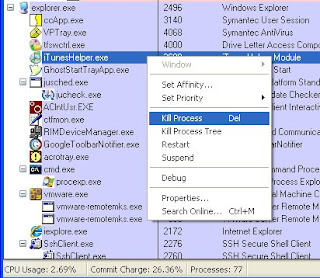Client Side Errors
Error: Object doesn't support this property or method: "IFUp1.CreateTempBinding'

Cause: Registry key disables ActiveX Utility.
Resolution: Delete this registry key and reboot
HKEY_LOCAL_MACHINE\SOFTWARE\Microsoft\Internet Explorer\ActiveX Compatibility\{886E7BF0-C867-11CF-B1AE-00AA00A3F2C3}
Server Side Errors
Error: The parameter is incorrect

Cause: The browser has not read the META tag (POSTINFO) information.
Resolution: This is usually done via a META tag of the default document of the website. For example, you can place this META tag in the HEAD element of index.html:
<meta name="postinfo" content="/scripts/postinfo.asp">
Note: if it is not in /scripts, you may need to change the directory reference to where postinfo.asp lives.
Error: The Web server you selected does not indicate support for the service provider you selected

Cause: Your browser does not have a reference to postinfo.asp.
Resolution: This is usually done via a META tag of the default document of the website. For example, you can place this META tag in the HEAD element of index.html:
<meta name="postinfo" content="/scripts/postinfo.asp">
Note: if it is not in /scripts, you may need to change the directory reference to where postinfo.asp lives.
Error: The Web server returned the following error: You do not have write access to destination URL "http://destinationURL"

Cause: The destination virtual directory (ie, the directory on the web server where you want to upload the file to) does not have the appropriate write permissions in IIS.
Resolution: Check the IIS MMC for IIS write permissions.
Error: The Web server either is not responding or returned an unrecognized response.

Cause: The Execute Permissions setting of the Scripts virtual directory in IIS is not set to Scripts and Executables.
Resolution: In the IIS MMC, set the Execute Permissions of the Scripts virtual directory to Scripts and Executables.
Error: The Web server returned the following error: Cannot move file "somefile.extension" to its final destination. Further processing is stopped.

Cause: NT permissions are denying write access to the file.
Resolution: Logon to the server and change the file or directory permissions to allow write access to the file.
Cause: The read-only attribute of the file is set.
Resolution: In Windows Explorer, right-click on the file or directory and deselect the read-only property.
Cause: Allow anonymous is set to NO in \Microsoft Site Server\SiteServer\Publishing\pasetup.inc
Resolution: Set Allow anonymous to YES in \Microsoft Site Server\SiteServer\Publishing\pasetup.inc
Error: The requested header was not found

Cause: A personal firewall, Symantec firewall or other Firewall client interferes with the functioning of the Site Server upload utility.
Resolution: Disable any and all software firewalls.
If all else fails, here is a great doc on Content Replication Service errors:
http://www.ci.loveland.co.us/siteserver/docs/crs_opsguide_cess.htm
Have a good day!
'sodo









